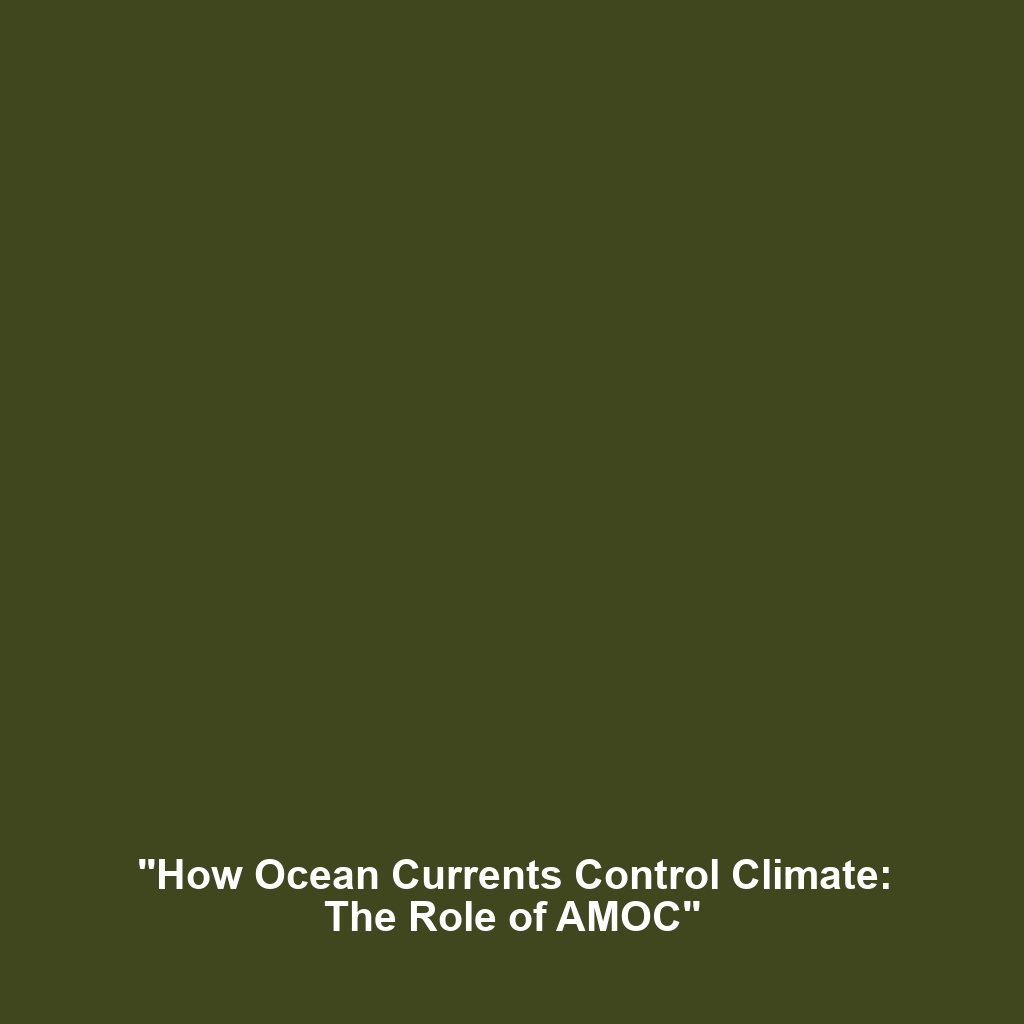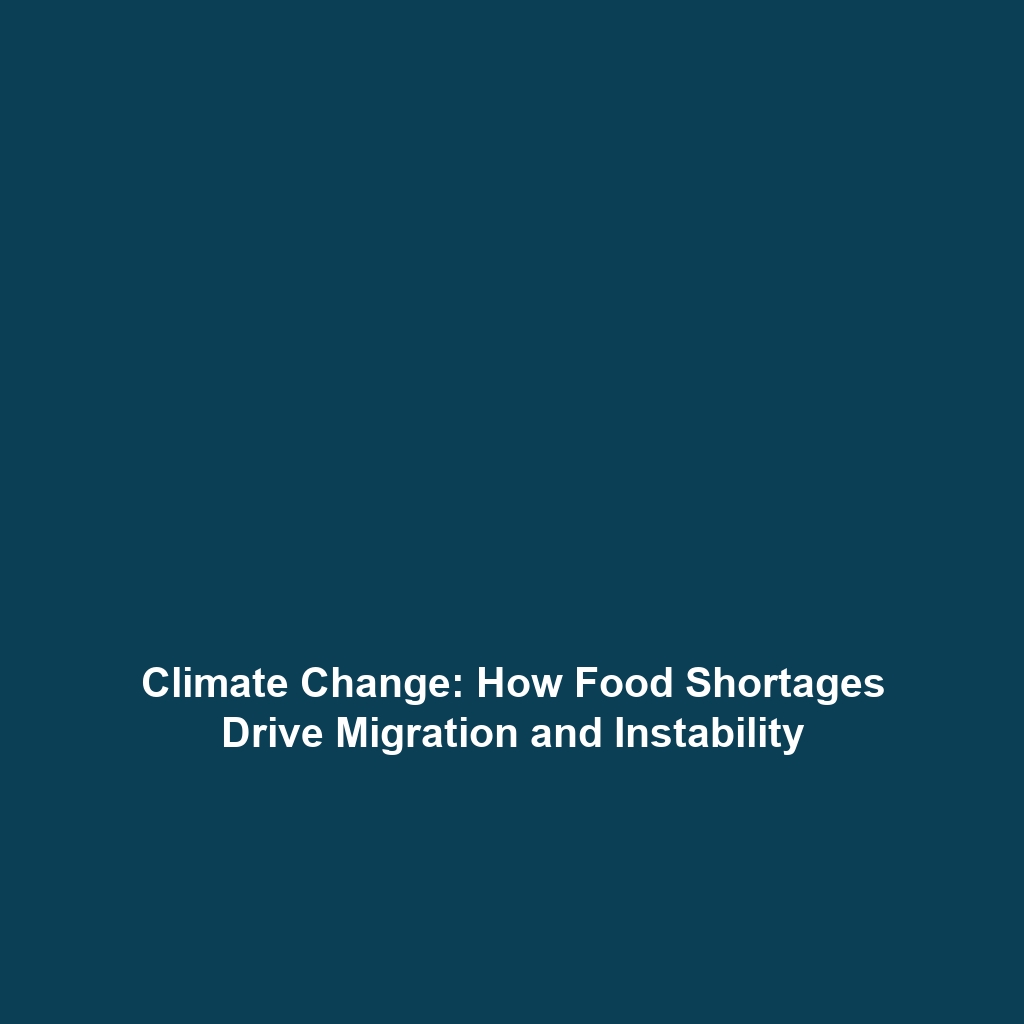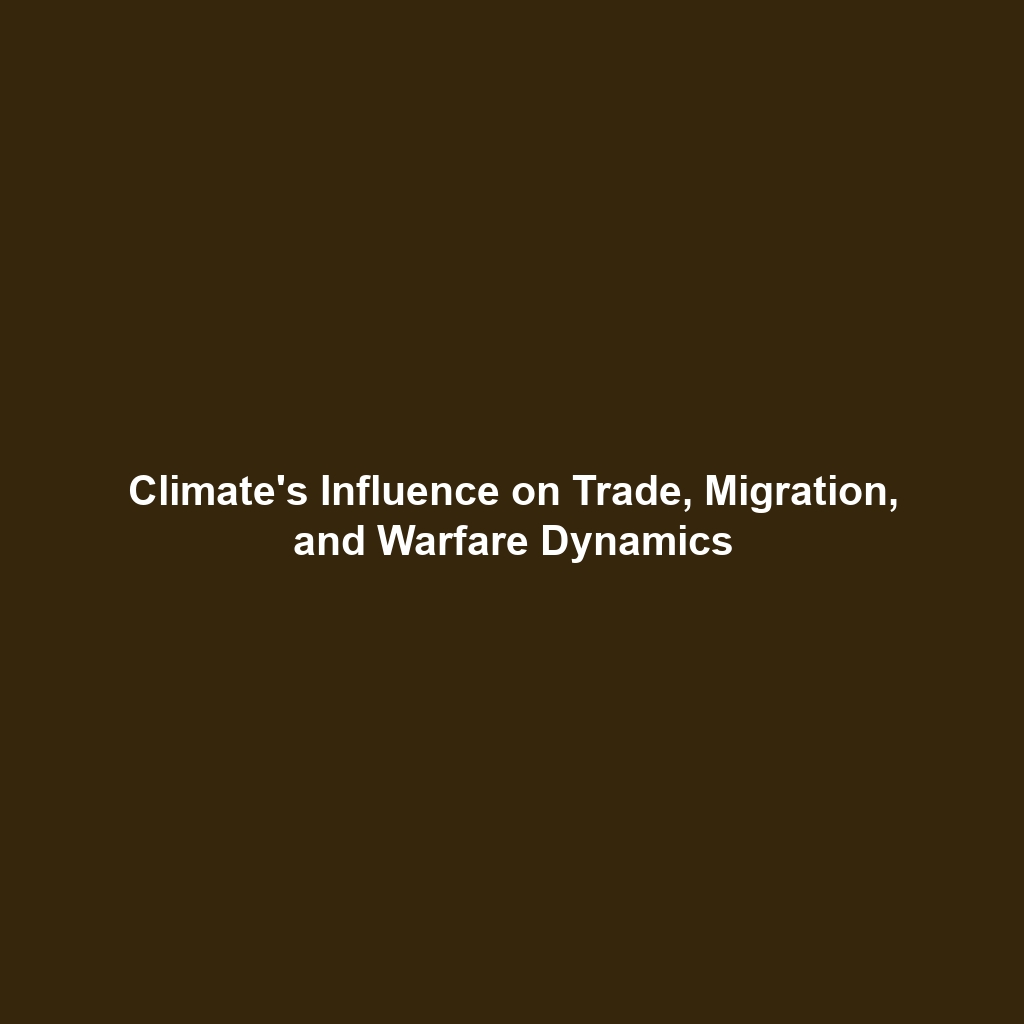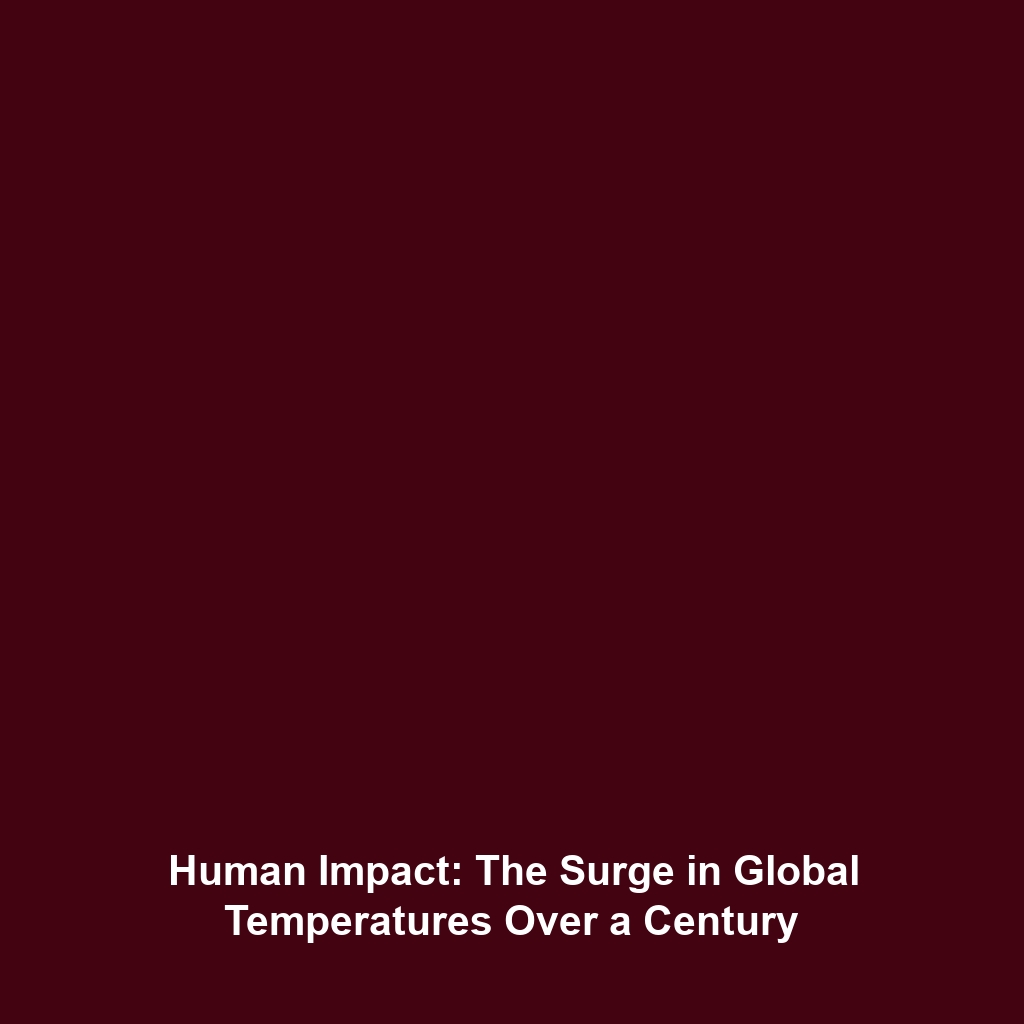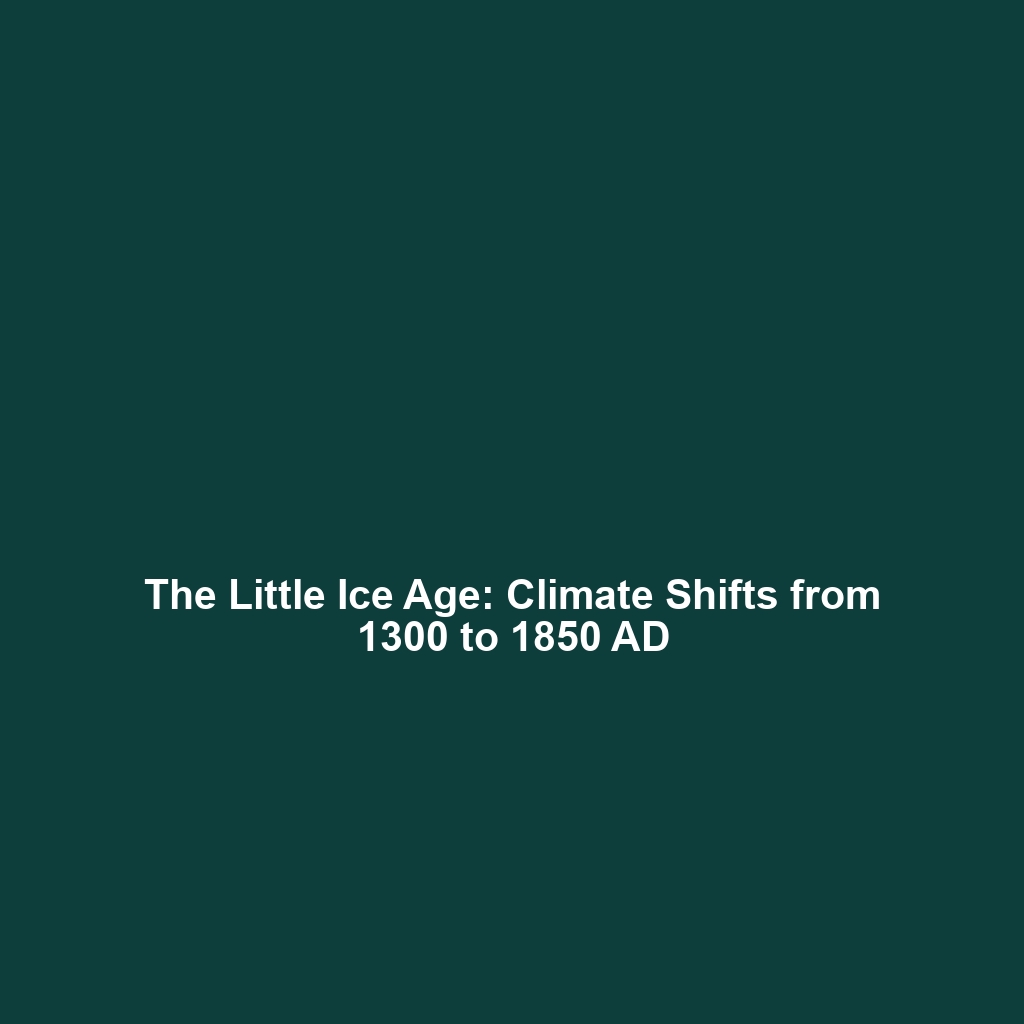<>
The Role of Foraminifera in Recording Past Ocean Temperatures and Salinity
Introduction
Foraminifera, microscopic single-celled organisms found in marine environments, play a crucial role in
recording past ocean temperatures and salinity levels. Their calcareous shells, or tests, accumulate in
ocean sediments over millennia, providing valuable data for scientists studying climate history. By analyzing
the isotopic composition of foraminiferal tests, researchers can infer changes in ocean conditions, aiding
our understanding of historical climate shifts. This article delves into the significance of foraminifera
within the broader context of climate history, highlighting their importance as indicators of environmental
changes.
Key Concepts
Understanding Foraminifera
Foraminifera are protists that exhibit a wide variety of shell shapes and sizes, making them a diverse
group within marine ecosystems. Two major types of foraminifera are recognized:
- Planktonic Foraminifera: These float in the water column and are sensitive to surface water conditions.
- Benthic Foraminifera: These inhabit the ocean floor and reflect deeper water conditions.
Significance in Climate History
Foraminifera serve as proxies for paleoceanographic studies, providing insights into:
- Historical ocean temperatures through oxygen isotope analysis.
- Salinity variations based on the composition of their tests.
Their fossilized remains offer a timeline of climate change over geological epochs, making them indispensable
in the field of climate history.
Applications and Real-World Uses
The role of foraminifera in recording past ocean temperatures and salinity extends to various practical applications,
showcasing how they enhance our understanding of climate history:
- Climate Modeling: Data derived from foraminifera help refine models predicting future climate scenarios.
- Biostratigraphy: Foraminifera assist in dating sediment layers, providing a chronological framework for geological studies.
- Environmental Monitoring: Their presence and abundance indicate ecological changes and can signal shifts in marine health.
Current Challenges
While the study of foraminifera offers exciting insights, several challenges remain:
- Sample Bias: Collection methods may yield biased data that do not accurately represent historical climates.
- Environmental Variability: Changes in ocean chemistry and temperature can complicate the interpretation of foraminiferal records.
- Technological Limitations: Advanced extraction and analysis methods are required for precise results, which can be costly and time-consuming.
Future Research and Innovations
Future research on foraminifera is expected to introduce innovations that will improve our understanding of
past climates and their implications for the future. Key areas of development include:
- DNA Analysis: Studying genetic material from foraminifera can provide deeper insights into species responses to climate change.
- Machine Learning: Employing AI to analyze foraminiferal data can enhance predictive modeling of climate trends.
- Multi-proxy Approaches: Combining foraminiferal analysis with other paleoclimate proxies will yield more comprehensive climate narratives.
Conclusion
In conclusion, foraminifera are indispensable tools in the study of past ocean temperatures and salinity, significantly enhancing our understanding of climate history. Their unique characteristics allow scientists to peer into the Earth’s climatic past, informing future climate predictions and mitigating the impacts of climate change. For further exploration of related topics, consider visiting our articles on ocean climate change and paleoecology.
